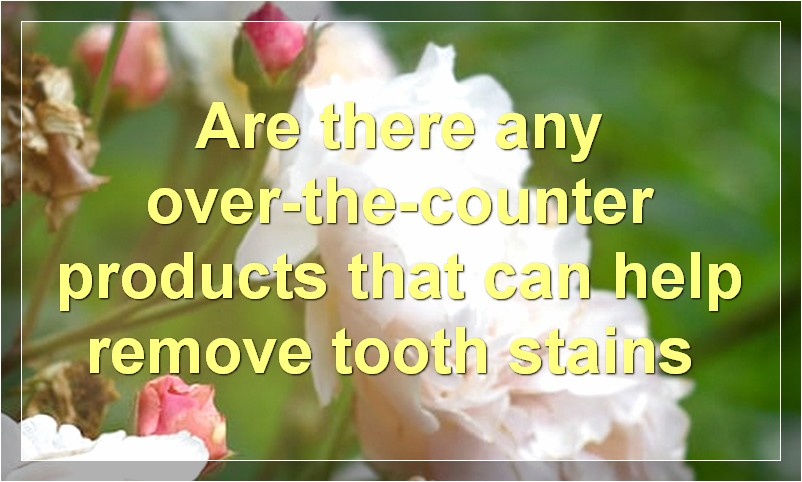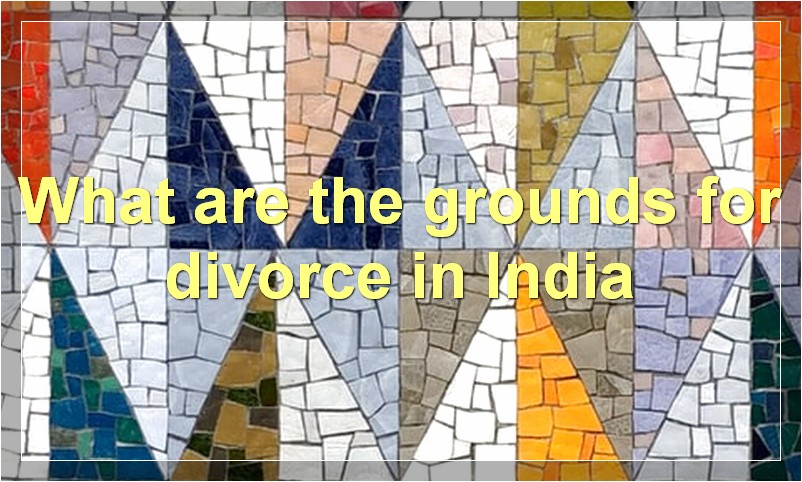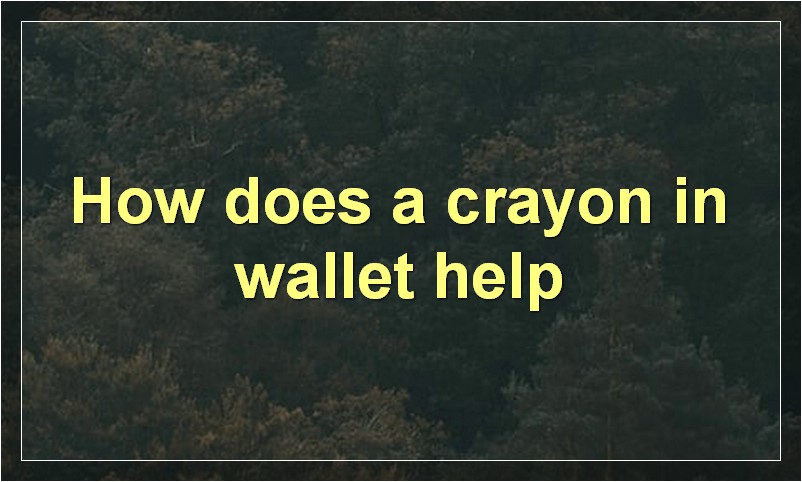Are you concerned about the appearance of your teeth? Do you feel self-conscious about yellow or brown stains? If so, you’re not alone. Many people struggle with tooth stains and are looking for ways to achieve a brighter, whiter smile.
There are four main types of tooth stains: extrinsic, intrinsic, age-related, and genetic. Extrinsic stains are caused by external factors such as smoking or drinking coffee, while intrinsic stains are caused by internal factors such as certain medications. Age-related stains are a result of the enamel thinning with age, and genetic stains are simply due to genetics.
Fortunately, there are many ways to treat all four types of tooth stains. Professional teeth whitening is one option, but there are also at-home whitening kits and natural remedies that can help. If you’re concerned about the appearance of your teeth, talk to your dentist about the best treatment options for you.
What are the four types of tooth stains?
When it comes to our teeth, we all want them to be as sparkling white as possible. But over time, our teeth can start to become stained and yellowed. There are a variety of things that can cause this staining, from the food and drink we consume on a daily basis to smoking cigarettes. But what are the four main types of tooth stains?
1. Extrinsic Stains
The first type of stain is known as an extrinsic stain. This is when the staining is on the surface of the tooth and is not caused by anything internally. The most common cause of extrinsic staining is from the food and drink we consume on a daily basis. Foods like coffee, tea, red wine and even some fruits and vegetables can all cause staining. In addition, smoking cigarettes can also lead to extrinsic staining.
2. Intrinsic Stains
The second type of stain is known as an intrinsic stain. This is when the staining occurs underneath the surface of the tooth. Intrinsic staining is usually caused by things like trauma to the tooth, certain medications or even too much fluoride. Trauma to the tooth can cause the dentin (the inner layer of the tooth) to become stained. Certain medications, such as tetracycline, can also cause intrinsic staining. And finally, too much fluoride can also lead to intrinsic staining, especially in young children whose teeth are still developing.
3. Age-Related Stains
The third type of stain is known as an age-related stain. As we age, our teeth naturally start to become yellowed and stained. This is due to a variety of factors, including the thinning of enamel and changes in dentin. In addition, age-related stains can also be caused by things like drinking coffee, tea or red wine on a regular basis. Smoking cigarettes can also contribute to age-related staining.
4. Trauma-Related Stains
The fourth and final type of stain is known as a trauma-related stain. This is when the staining occurs after an injury to the tooth. The most common cause of trauma-related staining is from a fall or an accident. When the tooth is injured, it can cause the dentin to become stained. In addition, the blood from the injury can also lead to staining.
What causes each type of tooth stain?

When it comes to teeth, we all want a bright, beautiful smile. But over time, our teeth can become stained from the foods and drinks we consume and the habits we practice. Some stains are easy to remove with good oral hygiene, while others may require more professional treatment. Let’s take a closer look at the different types of tooth stains and what causes them.
External Stains
The first type of stain is an external stain, which is located on the surface of the tooth. These stains are usually caused by smoking or drinking coffee, tea, or red wine. External stains can also be caused by eating certain foods like berries or soy sauce. The good news is that these stains are generally easier to remove than internal stains.
Internal Stains
The second type of stain is an internal stain, which occurs when the color pigment penetrates the tooth enamel and reaches the inner layer, called the dentin. Internal stains are often more difficult to remove than external stains and may require professional treatment. Internal stains can be caused by taking certain medications, such as tetracycline antibiotics or high-fluoride toothpaste during childhood. They can also be caused by trauma to the teeth, which causes the blood vessels in the dentin to break and release their pigment into the tooth.
How to Remove Tooth Stains
There are a few different ways to remove tooth stains, depending on the type and severity of the stain. For superficial external stains, you can try brushing your teeth with a whitening toothpaste or using a whitening mouthwash. You can also try chewing sugar-free gum to help remove any food particles that may be stuck to your teeth. If these methods don’t work, you can always try a professional teeth whitening treatment. For deeper internal stains, you may need to see a dentist for a more potent bleaching treatment or for veneers or crowns.
Preventing Tooth Stains
Of course, the best way to deal with tooth stains is to prevent them from happening in the first place. You can do this by avoiding foods and drinks that are known to cause staining, like coffee, tea, red wine, and soy sauce. You should also avoid smoking cigarettes or using other tobacco products. And be sure to brush your teeth twice a day and floss once a day to remove any plaque or food particles that could cause staining. By following these simple tips, you can help keep your teeth looking their best for years to come!
How can you prevent tooth stains?
It’s no secret that coffee and red wine can lead to tooth stains. But did you know that there are some surprisingly simple ways to prevent them? Here are a few tips:
1. Rinse your mouth with water after drinking coffee or red wine. This will help to remove any lingering debris that could lead to stains.
2. Use a straw when drinking coffee or red wine. This will help to keep the liquid from coming into contact with your teeth.
3. Brush your teeth regularly. This will help to remove any surface stains that may have already formed.
4. Visit your dentist for regular cleanings. This will help to remove any deep-seated stains that you may not be able to reach on your own.
5. Use a whitening toothpaste. This will help to remove any existing stains and also help to prevent new ones from forming.
How can you remove tooth stains?
Most people don’t realize that their teeth are stained. In fact, many people think that their teeth are just naturally yellow or discolored. However, there are a few things that can cause tooth stains, and there are a few ways to remove them.
Tooth stains can be caused by many things, including smoking, eating certain foods and drinks, and not brushing your teeth regularly. If you want to avoid tooth stains, you should brush your teeth at least twice a day and floss daily. You should also avoid smoking and eating or drinking foods and beverages that can stain your teeth, such as coffee, tea, red wine, and dark-colored fruits and vegetables.
There are a few ways to remove tooth stains. You can try over-the-counter whitening products, which usually contain hydrogen peroxide or carbamide peroxide. You can also get your teeth professionally whitened by a dentist. Professional teeth whitening is more expensive than over-the-counter products, but it is usually more effective.
If you have tooth stains, you don’t have to live with them. There are a few ways to remove them. With a little time and effort, you can have the bright, white smile that you’ve always wanted.
What are some home remedies for removing tooth stains?
When it comes to your teeth, you want them to be as white and sparkling as possible. You may have the best oral hygiene habits in the world, but sometimes tooth stains happen. Whether it’s from drinking coffee or wine, smoking cigarettes or simply getting older, those pesky stains can be difficult to remove. But don’t despair – there are some home remedies that can help get your teeth looking their best.
One simple home remedy is to mix baking soda with hydrogen peroxide to form a paste. Then, using a soft-bristled toothbrush, brush the paste onto your teeth and let it sit for about two minutes before rinsing. Baking soda is a natural cleanser that can help remove surface stains, while hydrogen peroxide is an antibacterial agent that can help kill bacteria that cause plaque and gum disease.
Another home remedy is to mix equal parts water and apple cider vinegar and swish it around your mouth for about 30 seconds. Apple cider vinegar is a natural astringent that can help remove stains and whiten teeth. Just be sure to rinse your mouth with water afterwards, as the acidity of the vinegar can damage tooth enamel if used too often.
If you’re looking for a more natural way to clean your teeth, try using activated charcoal. Activated charcoal is a natural absorbent that can bind to stains and help remove them from your teeth. Just wet your toothbrush, dip it in the charcoal powder and brush away. Be sure to rinse well afterwards, as charcoal can be messy.
There are many other home remedies that can help remove tooth stains, including rubbing strawberries on your teeth or using lemon juice and salt. However, it’s important to remember that these home remedies should only be used occasionally, as they can also damage tooth enamel if used too often. If you’re concerned about staining or yellowing of your teeth, talk to your dentist about professional whitening treatments.
Are there any over-the-counter products that can help remove tooth stains?

When it comes to teeth, most of us are pretty particular about keeping them clean and free of any unwanted blemishes. Whether it’s coffee, red wine or just plain old aging, there are a number of things that can cause our pearly whites to lose their luster. If you’re looking for ways to help remove tooth stains, we’ve got some good news: there are a number of over-the-counter products that can do just that!
One popular option is whitening strips, which are thin, flexible strips coated with a hydrogen peroxide-based whitening gel. When applied to the teeth, they help to break up and remove stains. Whitening strips are typically worn for 30 minutes at a time, and most people will see results after just a few treatments.
Another popular option is whitening toothpaste. There are many different brands and formulations on the market, but they all work in basically the same way: by using abrasives to scrub away surface stains and revealing the brighter, underlying tooth structure.Whitening toothpastes are safe for daily use and can be a great way to maintain your smile between professional whitening treatments.
If you’re looking for something a little more powerful than over-the-counter options, you may want to consider getting a professional teeth whitening treatment from your dentist. Professional teeth whitening uses stronger bleaching agents than what’s available over the counter, so it can provide faster and more dramatic results. Plus, your dentist can tailor the treatment to your specific needs, making sure that you get the best possible results.
No matter which route you choose, there are plenty of options available to help you get the bright, white smile you’ve been wanting. So go ahead and give one (or all!) of them a try – your teeth will thank you!
What is the best way to brush your teeth to avoid staining?
When it comes to brushing your teeth, there are a few things you can do to avoid staining. First of all, make sure you’re using a toothbrush with soft bristles. You don’t want to scrub your teeth too hard, as this can actually cause the enamel to wear down and lead to more staining. Instead, focus on gentle circular motions.
Secondly, use a toothpaste that contains fluoride. Fluoride helps to protect the teeth against staining and can also help to remove any existing stains. There are also toothpastes available that contain special ingredients that help toWhiten teeth.
Finally, be sure to brush for at least two minutes each time. This may seem like a long time, but it’s necessary in order to remove all the plaque and bacteria from your teeth. You can even try setting a timer to make sure you brush for the full two minutes.
By following these simple tips, you can help to keep your teeth looking their best and avoid staining.
What type of toothpaste is best for preventing or removing tooth stains?
When it comes to oral hygiene, we all want what’s best for our teeth. We brush twice a day, floss regularly, and see our dentist for checkups and cleanings. However, despite our best efforts, sometimes our teeth can become stained. Whether it’s from coffee, tea, red wine, or smoking, tooth stains are unsightly and can be difficult to remove. If you’re looking for a toothpaste that can help prevent or remove tooth stains, there are a few things to keep in mind.
First, it’s important to choose a toothpaste that contains fluoride. Fluoride is a mineral that helps to strengthen tooth enamel and prevent cavities. It also helps to remove stains from teeth by breaking up the particles that cause staining. You should look for a toothpaste that contains at least 1,000ppm (parts per million) of fluoride.
Second, consider a toothpaste that contains hydrogen peroxide. Hydrogen peroxide is an effective bleaching agent that can help to remove deep-set stains. However, it’s important to use caution when using a hydrogen peroxide-containing toothpaste, as it can potentially damage tooth enamel if used too frequently.
Third, choose a toothpaste with abrasives. Abrasive agents help to remove surface stains from teeth by scrubbing them away. Common abrasives include baking soda, calcium carbonate, and hydrated silica. Abrasive toothpastes are typically safe for daily use but can cause irritation if used too often.
Finally, keep in mind that whitening toothpastes can only do so much. If you have deep-set stains or discoloration, you may need to see your dentist for professional teeth whitening treatments.
When it comes to choosing a toothpaste to prevent or remove stains, there are a few things to keep in mind. Look for a toothpaste that contains fluoride, hydrogen peroxide, and abrasives. Be sure to use caution when using hydrogen peroxide-containing toothpastes, and see your dentist if you have deep-set stains or discoloration.
Is it better to floss or use a water pick to avoid staining your teeth?
When it comes to keeping your teeth clean and avoiding staining, both flossing and using a water pick have their benefits. Let’s take a closer look at each method to see which one is right for you.
Flossing is the process of using string to clean the areas between your teeth where plaque can build up. Plaque is a sticky film made up of bacteria, food particles, and saliva. If plaque isn’t removed, it can turn into tartar, which is much harder to remove. Tartar can cause gum disease, tooth decay, and bad breath.
Flossing is important because it removes plaque before it turns into tartar. It also Stimulates gums, prevents gum disease, and helps control bad breath. When done correctly, flossing reaches areas that brushing alone cannot.
To floss correctly, use about 18 inches of floss. Wrap most of the floss around each middle finger, leaving an inch or two of floss to work with. Gently insert the floss between your teeth using a back-and-forth motion. Be careful not to snap the floss into your gums. Use a clean section of floss for each tooth by unspooling new floss as you go.
Water picks are also known as oral irrigators or dental water jets. They are handheld devices that shoot a stream of water at your teeth to remove plaque and debris. Water picks can be used with or without toothpaste.
Water picks are a good choice for people who have braces or other dental appliances because they can reach places that are difficult to clean with string floss. Water picks are also gentle on gums and can help massage them while reducing inflammation.
Like flossing, using a water pick can help prevent gum disease and tooth decay. It can also help control bad breath by removing bacteria from your mouth. Water picks are safe for people of all ages and can be used as often as needed.
To use a water pick correctly, direct the stream of water towards your gum line and teeth at a 45-degree angle. Use short, gentle strokes and hold the device close to your teeth. Be sure to aim the water pick tip away from your gums to avoid irritating them. Start with your back teeth and move to the front of your mouth. Finish by rinsing your mouth with water or mouthwash.
So, which is better – flossing or using a water pick? The answer may depend on your individual needs and preferences. If you have braces or other dental appliances, a water pick may be a better choice for you. If you are looking for a traditional method of cleaning between your teeth, flossing may be the way to go. Whichever method you choose, be sure to do it regularly to keep your smile healthy and bright!
What are some professional treatments for removing tooth stains?
Your smile is one of the first things people notice about you, so it’s important to keep your teeth looking their best. Unfortunately, over time, your teeth can become stained and discolored due to a variety of factors, including smoking, drinking coffee or tea, and eating certain foods. While regular brushing and flossing can help to remove some of the surface stains on your teeth, you may need to consult a professional if the stains are more deeply embedded. In this article, we will discuss some professional treatments for removing tooth stains.
One popular professional treatment for removing tooth stains is teeth whitening. This procedure involves using a bleaching agent to remove the stains from your teeth. Teeth whitening is generally safe for most people, but it is important to consult with your dentist beforehand to make sure that it is right for you.
Another common professional treatment for removing tooth stains is bonding. Bonding involves applying a tooth-colored resin to the stained teeth, which covers up the stains. Bonding is usually not as effective as teeth whitening in terms of removing the stains, but it can be a good option for people who are not candidates for teeth whitening.
If you have deep-set stains on your teeth that cannot be removed with teeth whitening or bonding, you may need to consider veneers. Veneers are thin porcelain shells that are bonded to the front of your teeth. Veneers can be used to cover up a variety of dental imperfections, including stained teeth.
If you are concerned about the appearance of your stained teeth, be sure to consult with your dentist. He or she will be able to evaluate your individual case and recommend the best treatment option for you.




